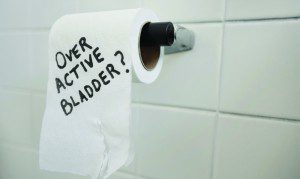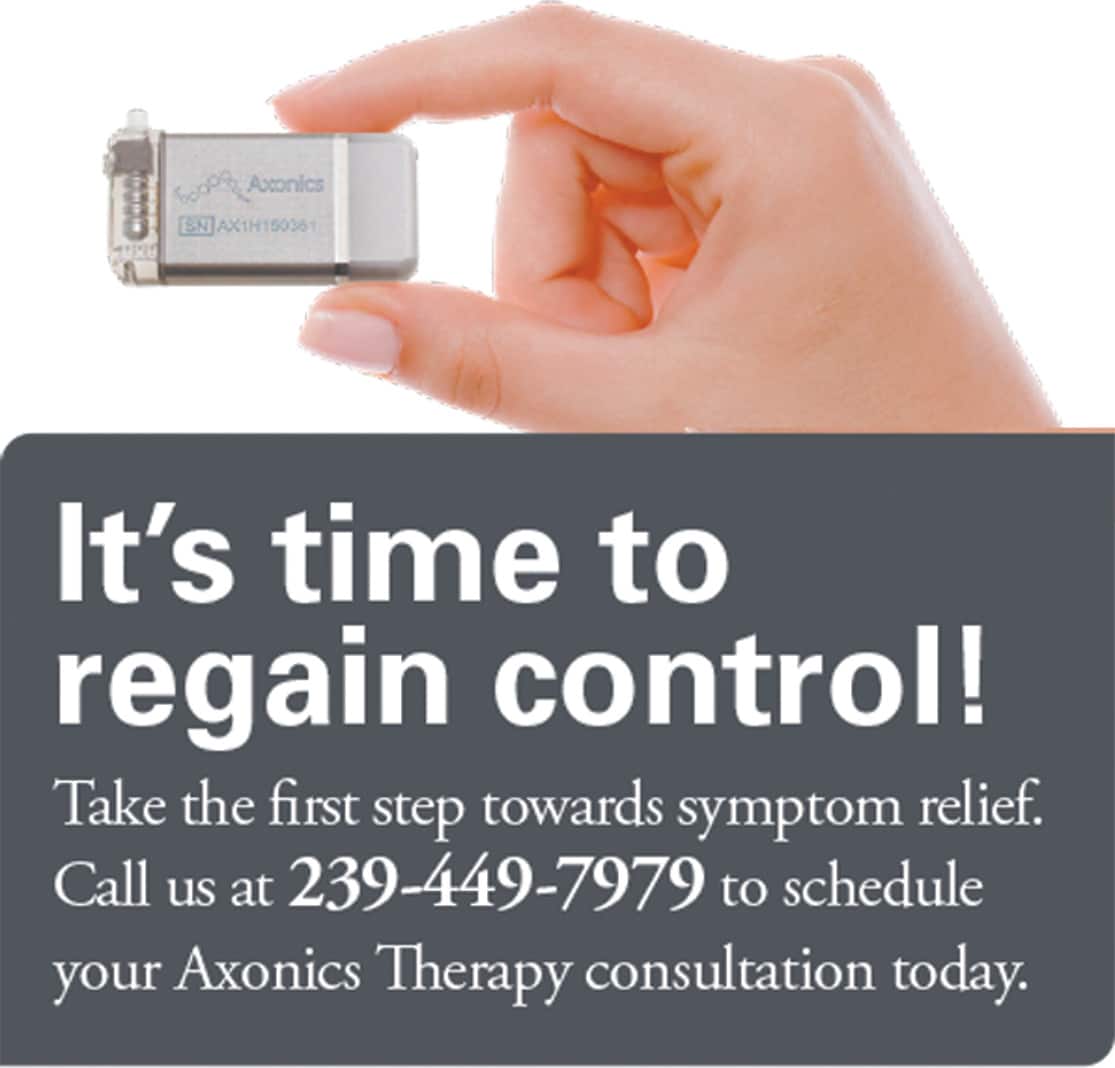Dr. Carl Klutke
 Many people don’t realize how common urinary incontinence (UI) and overactive bladder (OAB) are. In fact, these two conditions are among the top 10 chronic conditions effecting American women. For millions of Americans, incontinence is not just a medical problem. It is a problem that also affects emotional, psychological and social well-being. Many people are afraid to participate in normal daily activities that might take them too far from a toilet. Unfortunately, many of those with UI or OAB suffer in silence unnecessarily, and choose not to participate in various activities which ultimately prevents them from living the life they want to lead. Incontinence issues oftentimes leave sufferers feeling embarrassed and many are under the false presumption that these conditions are a natural part of the aging process and that there is no effective treatment available. When in fact, incontinence is successfully managed and treated in nearly everyone who seeks help. The following information should help you discuss this condition and what treatments are available to you with your urologist.
Many people don’t realize how common urinary incontinence (UI) and overactive bladder (OAB) are. In fact, these two conditions are among the top 10 chronic conditions effecting American women. For millions of Americans, incontinence is not just a medical problem. It is a problem that also affects emotional, psychological and social well-being. Many people are afraid to participate in normal daily activities that might take them too far from a toilet. Unfortunately, many of those with UI or OAB suffer in silence unnecessarily, and choose not to participate in various activities which ultimately prevents them from living the life they want to lead. Incontinence issues oftentimes leave sufferers feeling embarrassed and many are under the false presumption that these conditions are a natural part of the aging process and that there is no effective treatment available. When in fact, incontinence is successfully managed and treated in nearly everyone who seeks help. The following information should help you discuss this condition and what treatments are available to you with your urologist.
Incontinence occurs because of problems with muscles and nerves that help to hold or release urine. The body stores urine – water and wastes removed by the kidneys – in the bladder, a balloon-like organ. The bladder connects to the urethra, the tube through which urine leaves the body. Some people may lose a few drops of urine while running or coughing. Others may feel a strong, sudden urge to urinate just before losing a large amount of urine; many experience both symptoms.
Women experience UI twice as often as men. Pregnancy and childbirth, menopause, and the structure of the female urinary tract account for this difference. But both women and men can become incontinent from neurologic injury, birth defects, stroke, multiple sclerosis, and physical problems associated with aging. But incontinence is not inevitable with age. UI is a medical problem with treatments and solutions. No single treatment works for everyone, but many women can find improvement without surgery.
There are various treatment lifestyle changes that can help manage incontinence. Being mindful of limiting your intake of things that tend to act as stimulants for the bladder (carbonated beverages, spicy foods, citrus, alcohol). Smoking and excess weight can cause incontinence; so quit smoking if you do and maintain a healthy weight. Eliminating caffeine intake two to three hours prior to bedtime can reduce incontinence during the night.
Other treatment options include Botox, kegel exercises, biofeedback, and tibial nerve stimulation. Botox can also be injected into the bladder wall to increase bladder size and alleviate incontinence associated with uncontrolled frequency. When performed correctly, kegel exercises rehabilitate the pelvic floor muscles through isometric contractions. Biofeedback
uses instrumentation to provide information on how well the bladder is performing to control urgency incontinence, displayed in a form that the patient understands. Biofeedback bladder training plans, generally consists of 45 minute visits for six weeks. The tibial nerve may also be stimulated with a tiny needle connected to a low voltage to help manage incontinence.
In addition to the treatment methods discussed above, oftentimes medications are used, especially in those with urgency and frequency of urination. Stress incontinence (loss of urine with activity) is surgically corrected with outpatient 20-minute surgeries that use small incisions. These surgeries, known as “sling” procedures, utilize revolutionary artificial support tapes that compress and support the urethra to prevent leakage. Patients often resume normal activities in less than one week in most cases.
RTR Urology
842 Sunset Lake Boulevard, Suite 403
Venice, FL 34292








